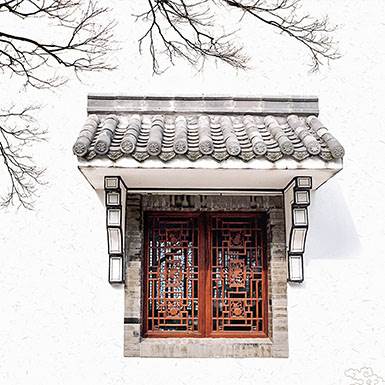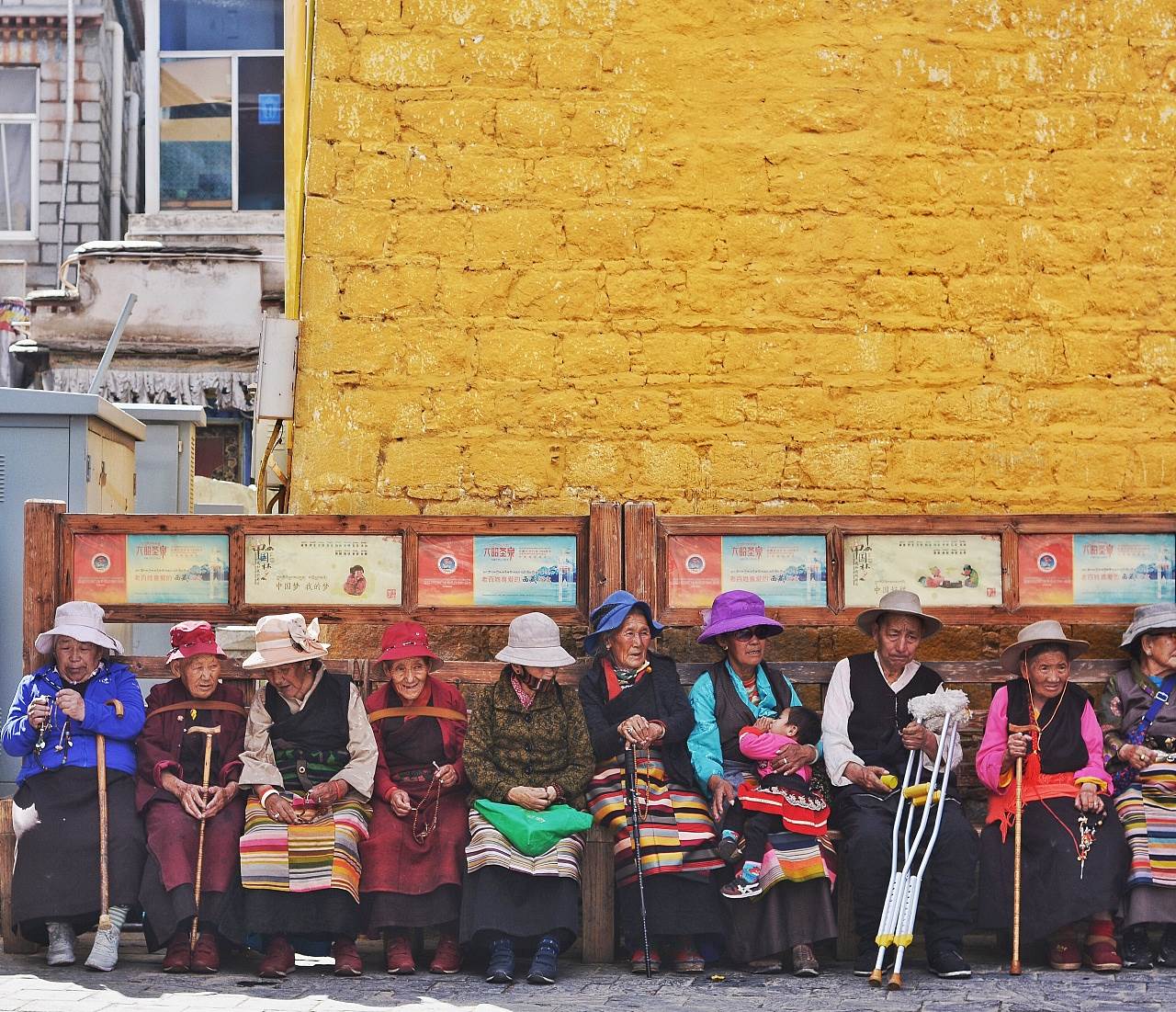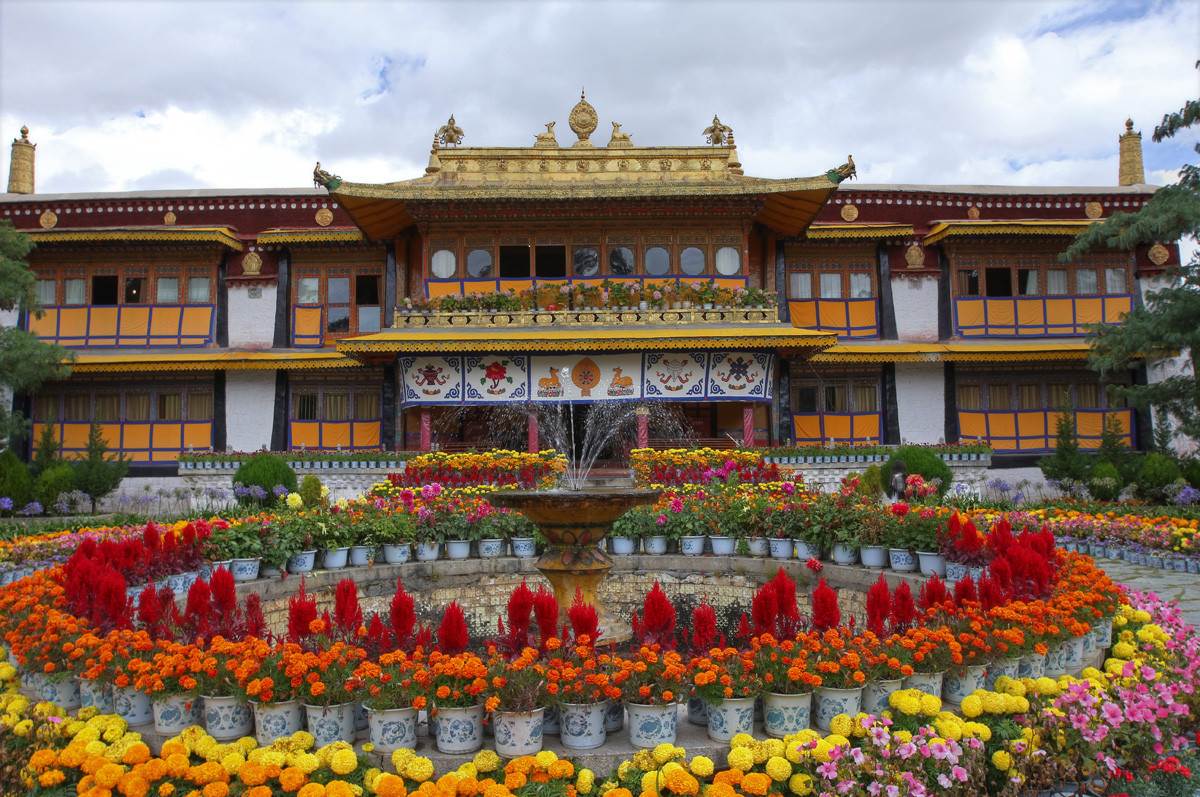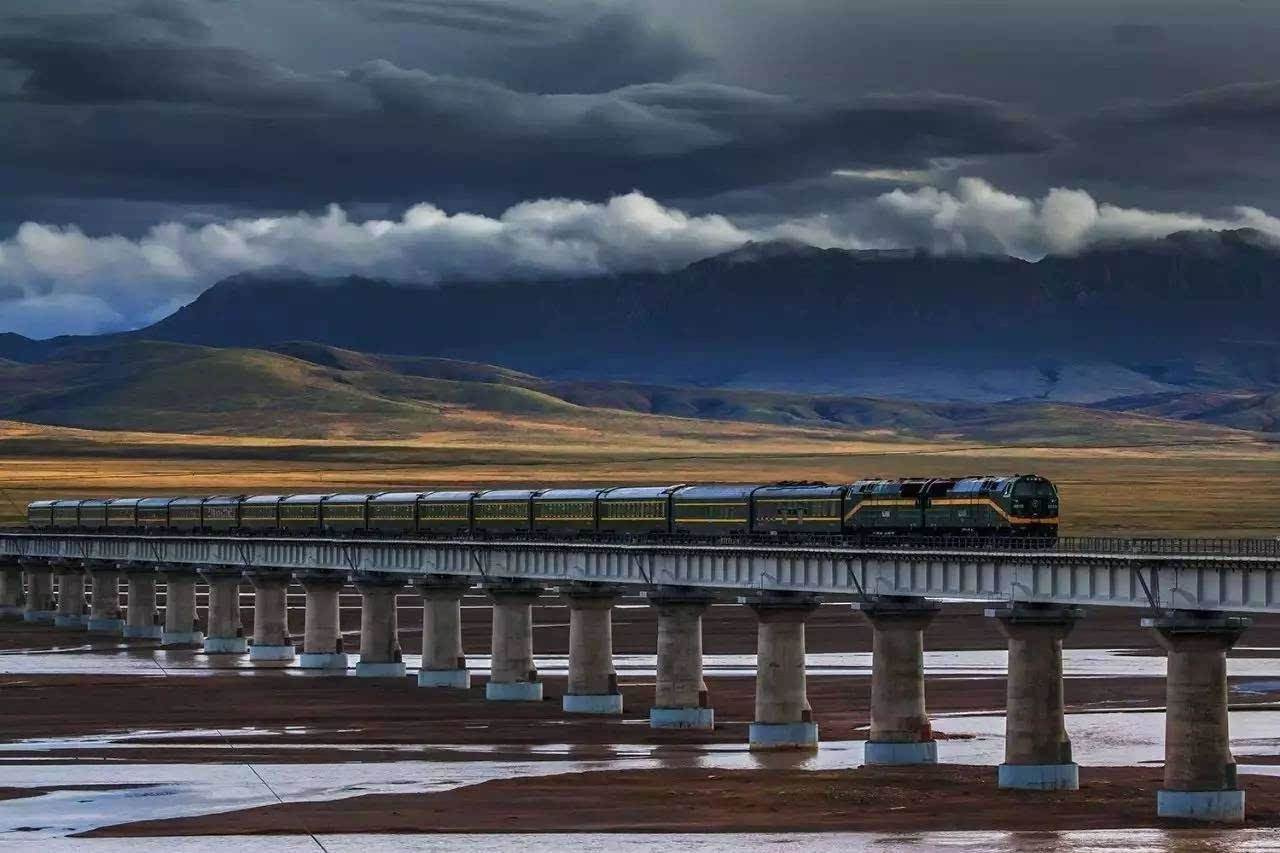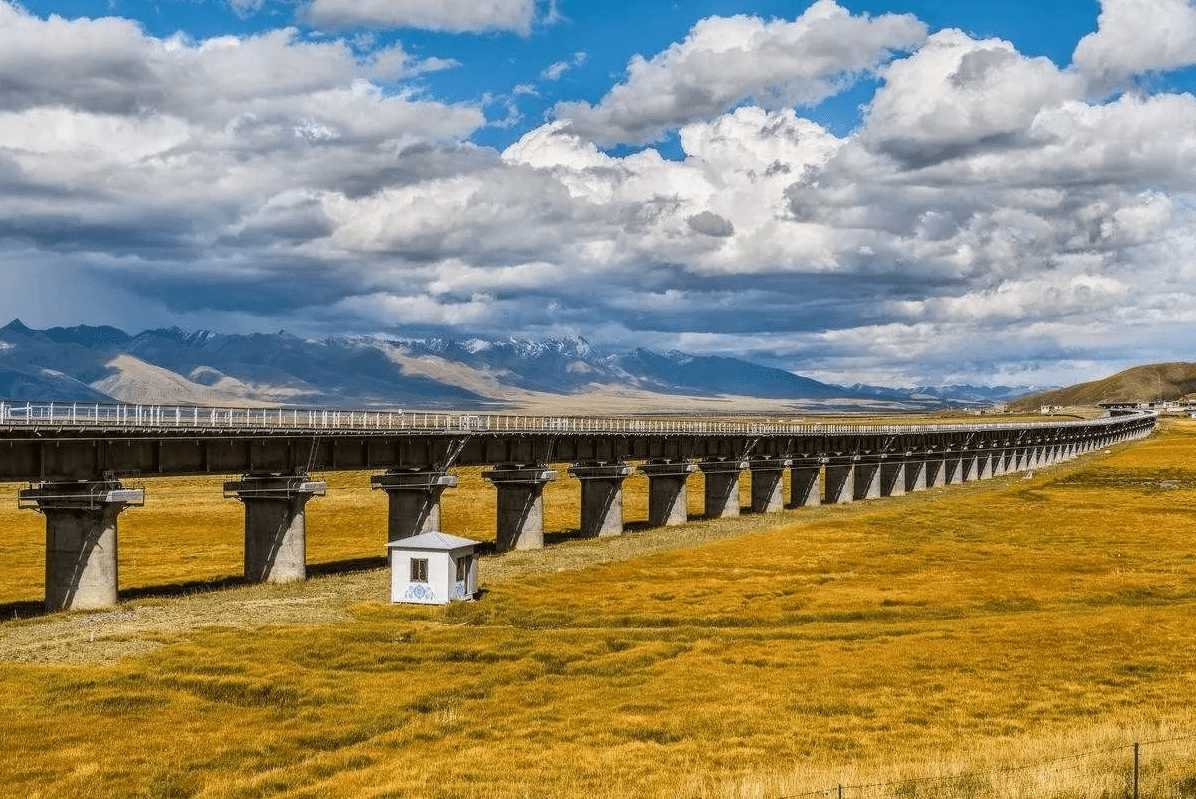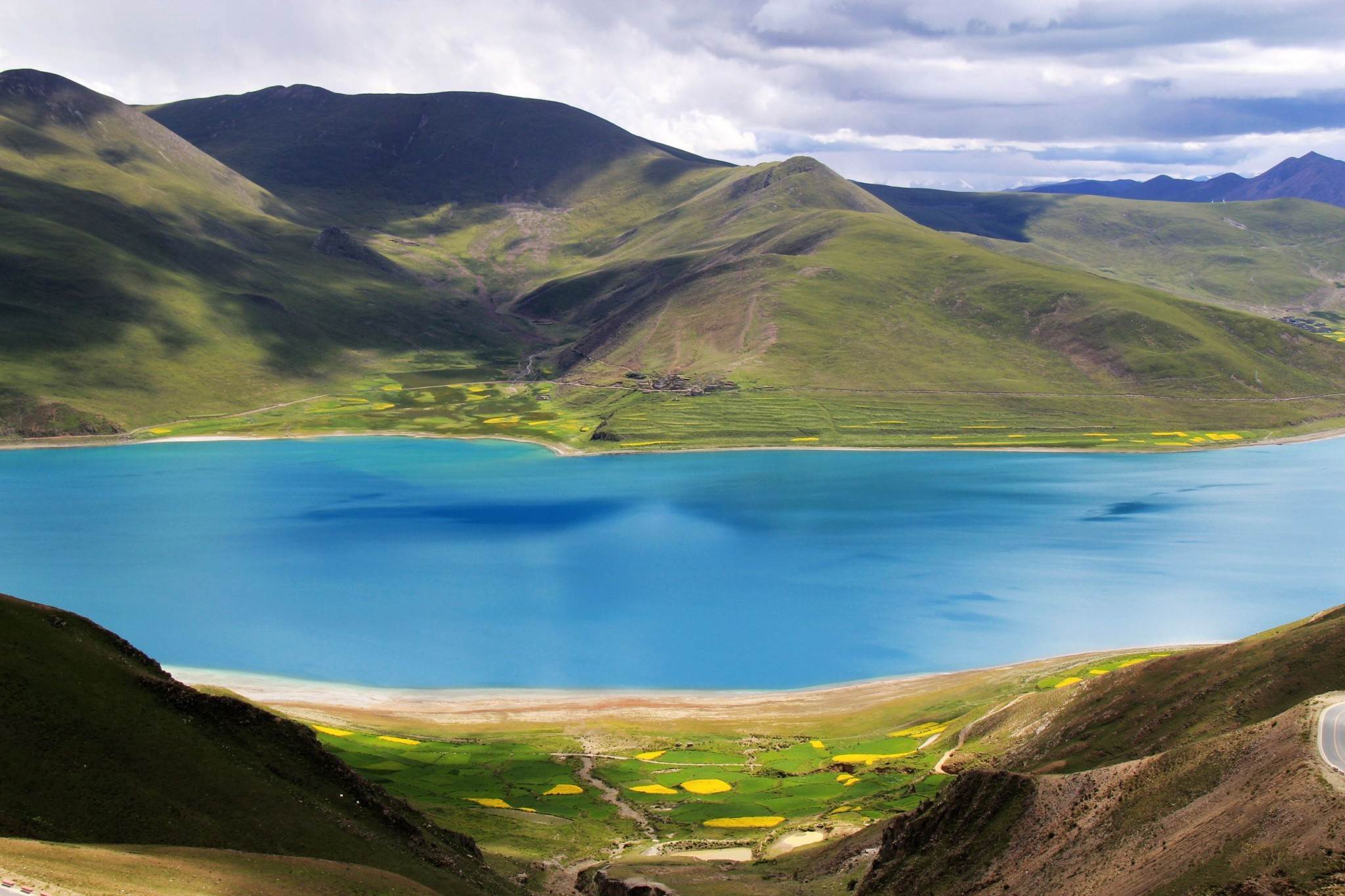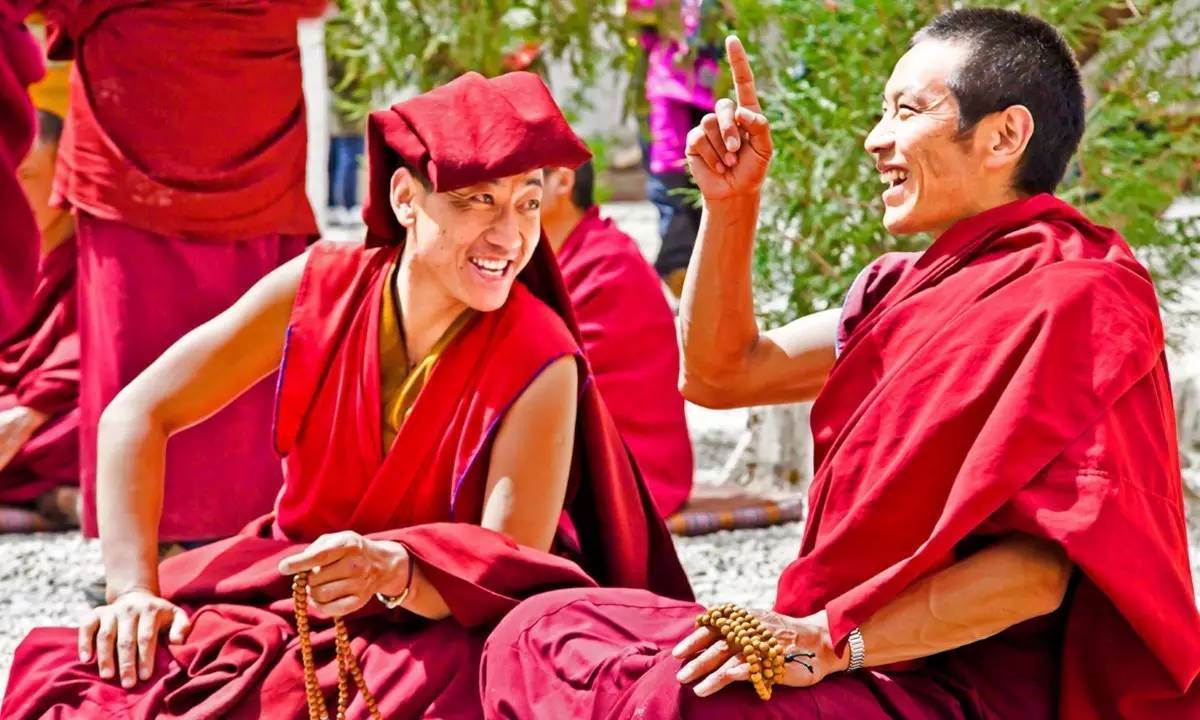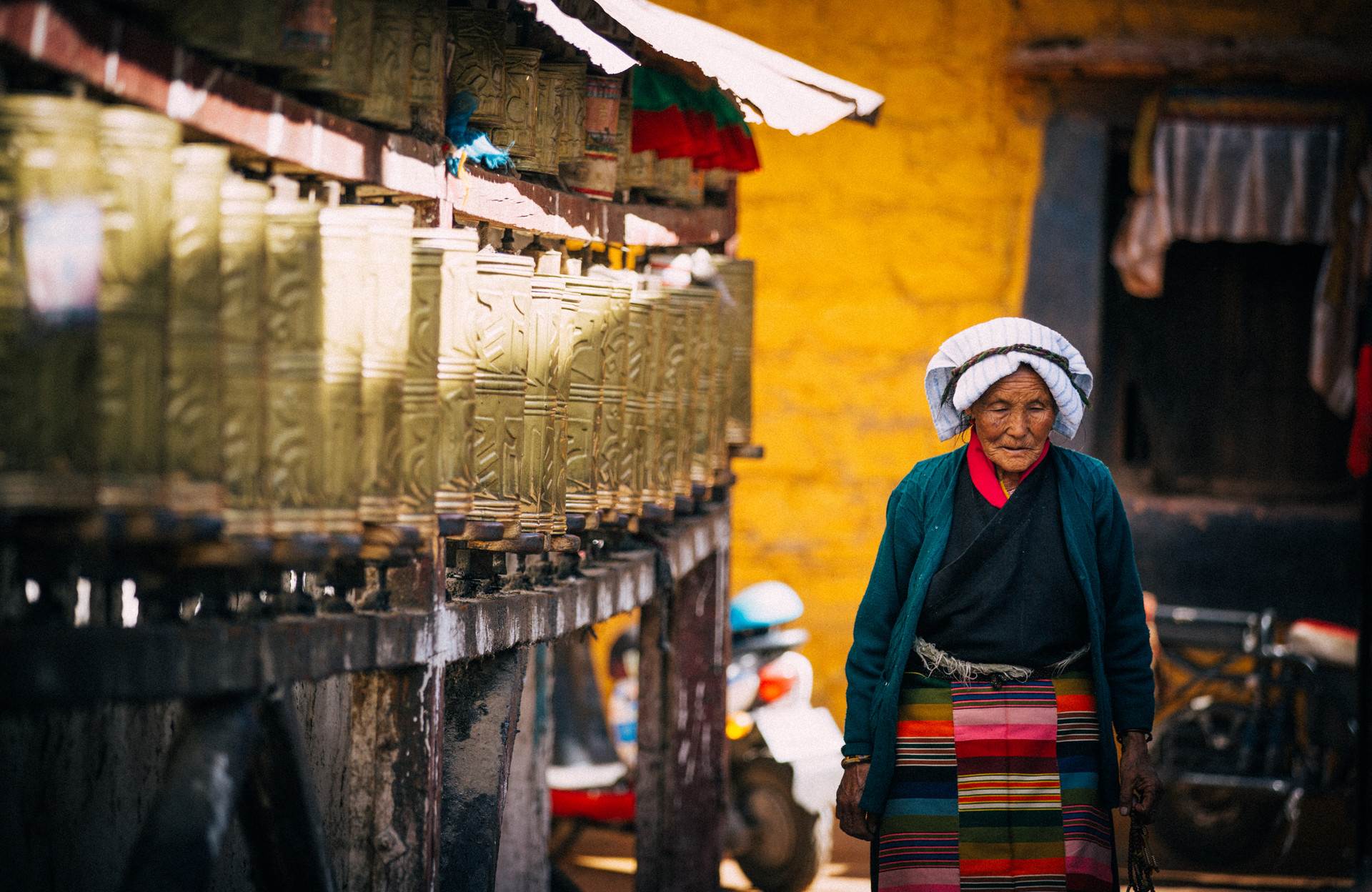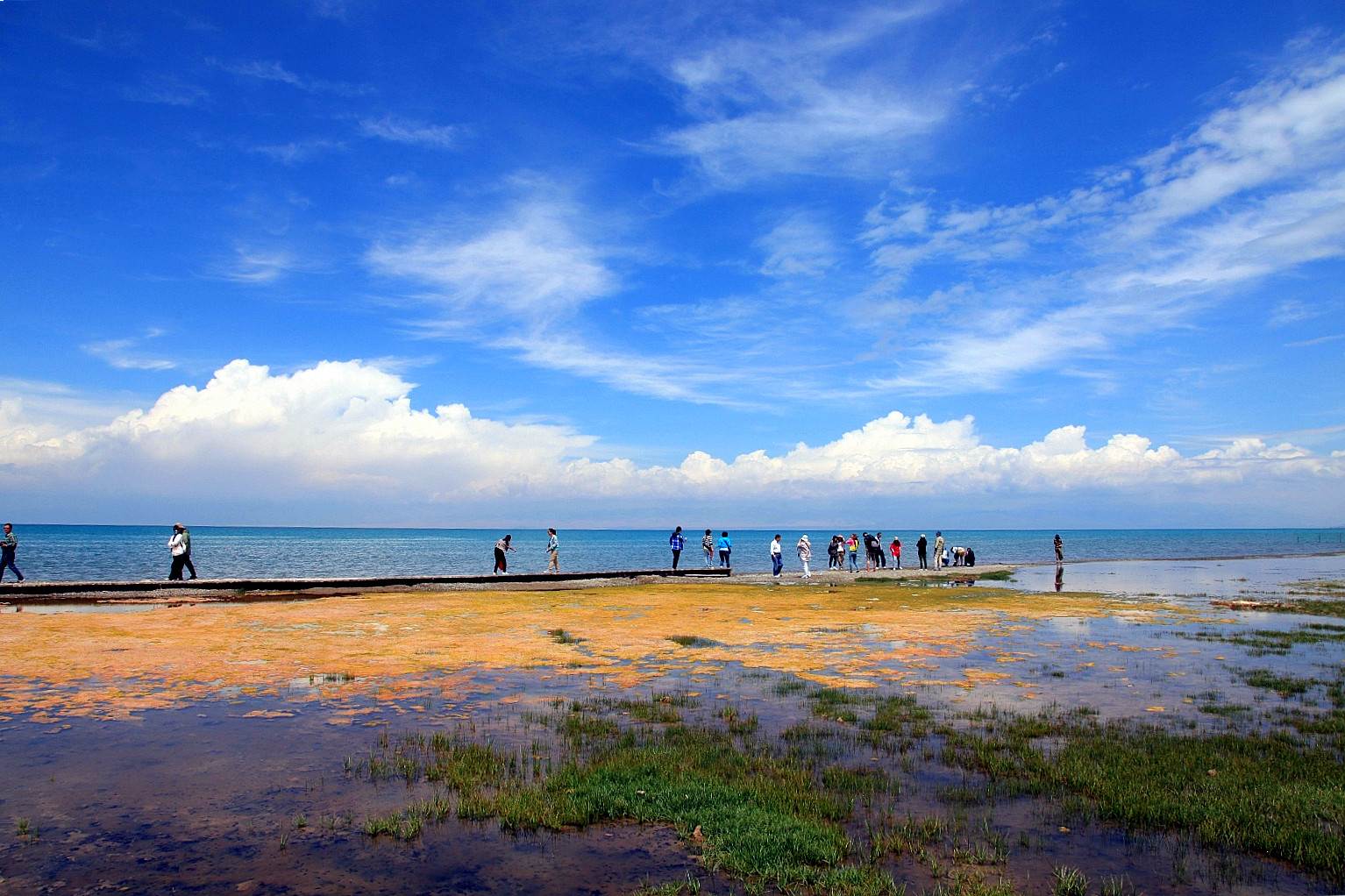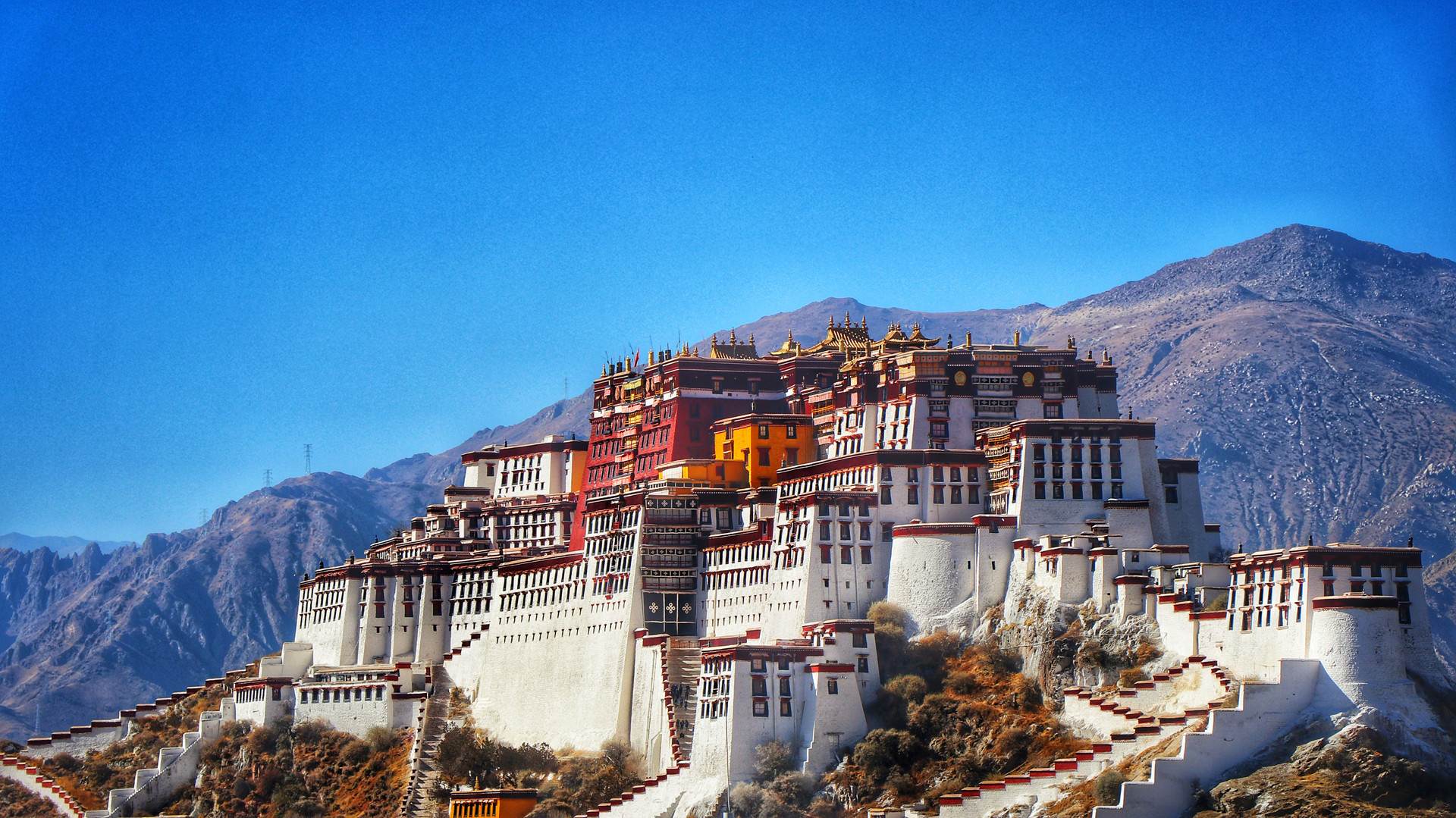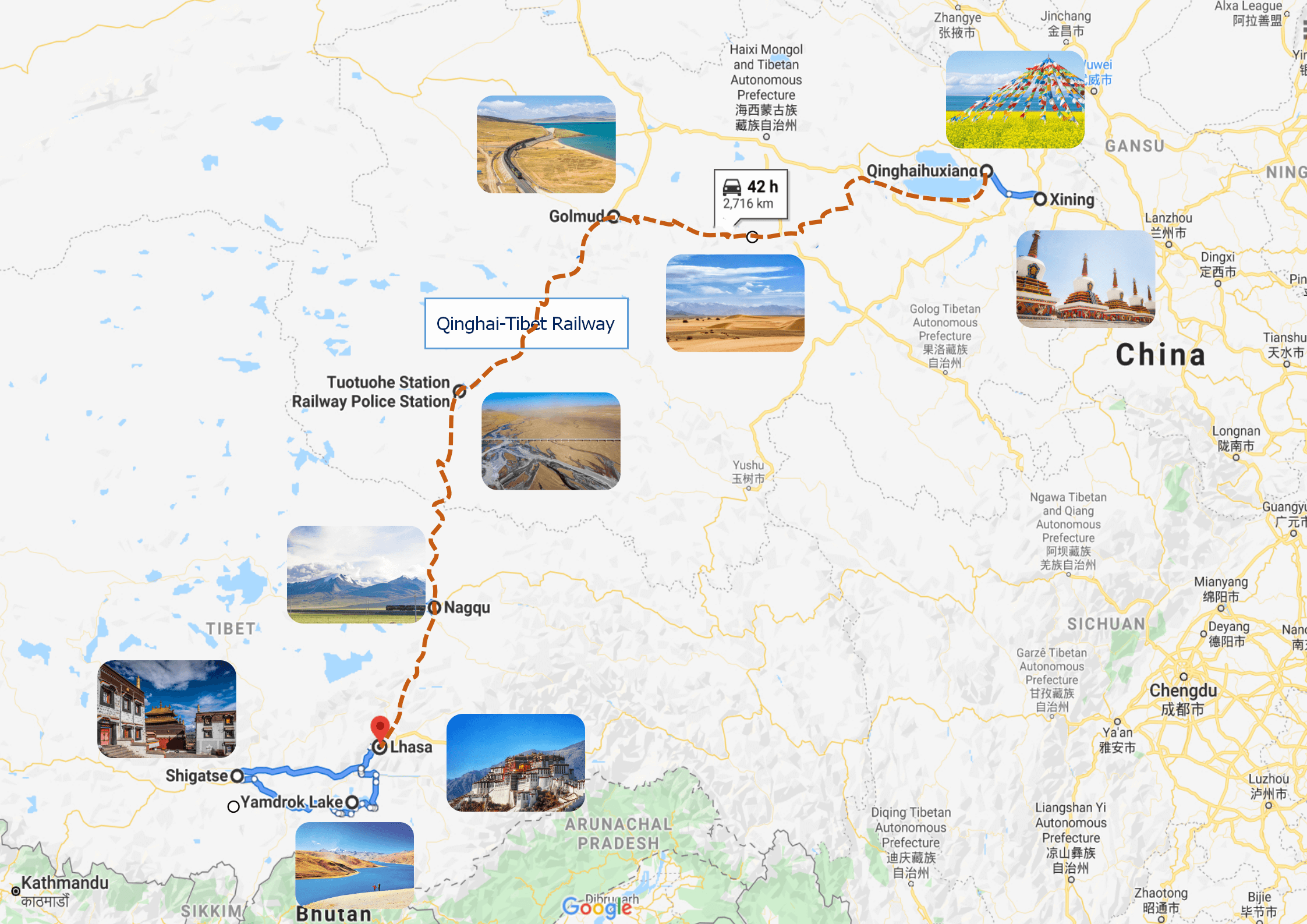A Way Lead to Heaven-Qinghai Tibet Railway
Extending 1,956 kilometers on the Qinghai-Tibet Plateau, the Qinghai-Tibet Railway connects, Xining, capital of Qinghai Province, and Lhasa, capital of Tibet. Th…
Qinghai: Classic Qinghai~Xining and surroundings 7D t…
01. The price is for one pax, and based on a private mini group(group size=4adt) of twin share room and travel in shoulder season(Apr-Jun).02. The price is subje…
Culture and Nature Sichuan&Gansu&Qinghai 9D t…
01. The above itinerary is just for ur reference, which can be flexibly adjusted according to your personal needs.02. The price is for one pax, and based on a pr…
Price Include
01. Accommodation: Accommodation in a shared twin or shared double room in selected or similar standard hotels;
02. Meals: Meals as mentioned (B= Breakfast, L= Lunch, D= Dinner);
03. Guide: English speaking guide (for other languages a supplement applies);
04. Transport: Tours and transfers as mentioned by private air conditioned vehicle unless stated otherwise;
05. Train Ticket: Inlcude train ticket from Xining to Lhasa, prioritize soft sleeper but cannot guarantee, if soft sleeper sold out will arrange hard sleeper instead;
06. Tickets: Entrance fees for mentioned visits, include all necessary tools inside the spots like sightseeing bus, cable car, electric car etc;
07. Insurance: Insurance: 3 hundred thousand insurance for overseas guests;
08. Others: Daily drinking mineral water;
Price Exclude
01. Meal which are not specified in the itinerary.
02. Tips and gratuities for the service of the tour guide and driver.
03. Other personal expenses not mentioned in the itinerary.
Remarks
01. The price is for one pax, and based on a private mini group(group size=4adt) of twin share room and travel in shoulder season(Apr-Jun).
02. The price is subject to change according your travel season, group size, hotel standard, change of activities and possible fluction of currency exchange rate.
03. About High Altitude Sickness(HAS)
It is easy to suffer from High Altitude Sickness (HAS) for people who haven’t acclimatized themselves well to the plateau. The average altitude of Tibet is about 4000 meters above the sea level. You may suffer a bit from High Altitude Sickness in the beginning days of your Tibet trip if you haven’t had rich high plateau travel experience. But don’t worry too much, the high altitude can be acclimatized usually in 2~3 days. Our suggestion is to take a physical examination and get suggestions from your doctor, and also bring some medicines to prevent from High Altitude Sickness before your trip. While in Tibet, you should keep warm all the time, avoid strenuous activities, drink more water and eat more vegetables and carbohydrates. You’d better not take showers during the first two days after your arrival at Tibet. If you don’t feel well, get help from your tour guide or go to the hospital without any delay.




